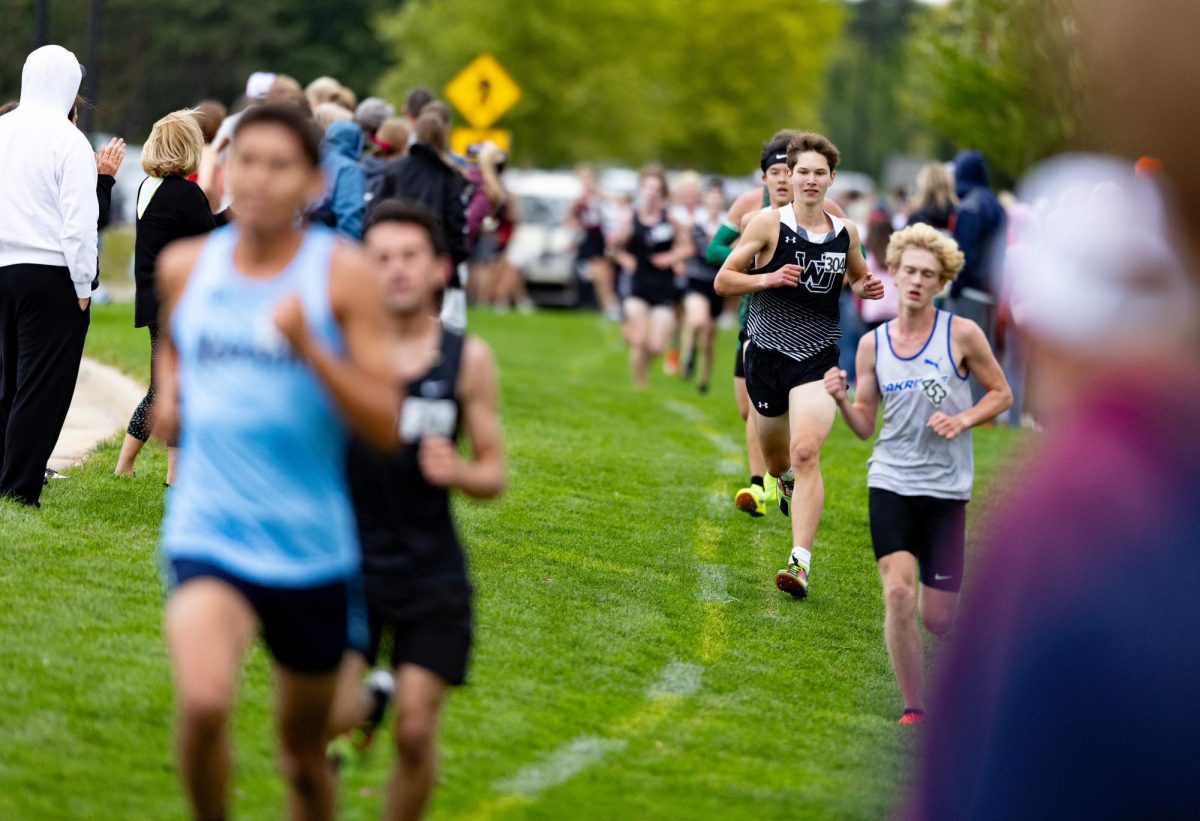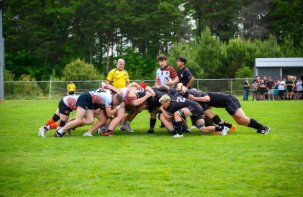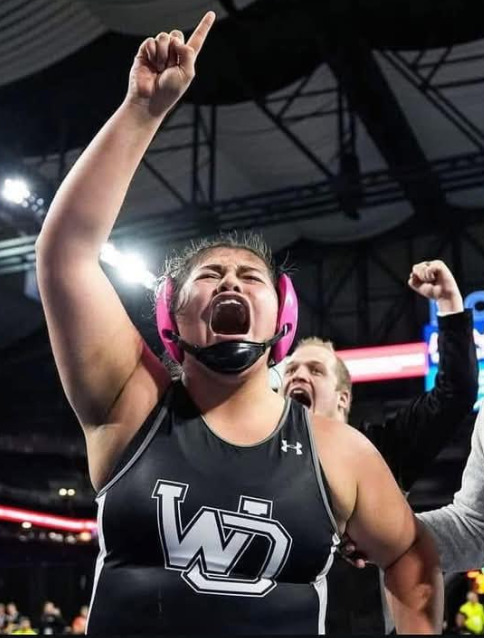On a Saturday morning at the Three Fires golf course, I lined up my shot, taking a deep breath, I felt the crisp morning air fill my lungs. The sun glinted off the dew-covered grass, making me squint as I refocused on the red ball at my feet. After a few smooth practice swings, I steadied myself, drew back the driver, and swung. The sharp crack echoed, and I struggled to track the ball as it got lost across the horizon. At that moment, something clicked. I was hooked, not just on the game, but on the journey to perfect it.
From that moment I knew I wanted more than just a casual game. I wanted to improve, to perfect the craft, but little did I know how complex that journey would be. Golf quickly became one of my main hobbies. But like most beginners, I soon realized that playing well was far more difficult than it appeared. Sure, hitting the ball seemed straightforward enough. But every swing revealed new challenges: timing, positioning, balance, all factors that were easy to overlook as a spectator, but impossible to ignore when I was the one holding the club.
If I opened the club face too much, the ball would slice hard to the right. If I put too much pressure on my backhand, I’d dig into the ground, sending chunks of turf flying. Rotating my body too much caused me to lose control, and rushing my swing would make everything fall apart.
After a few rough rounds, I knew I needed help. So, I did what most of us do in the digital age. I turned to the internet; I watched YouTube videos, devoured instructional articles, and scrolled through countless golf forums, searching for the magic formula that would help me unlock a better swing. But no matter what new technique I tried, something else seemed to go wrong. My swing, my form, and even my confidence wavered. What was I missing?
It turns out, golf isn’t a one-size-fits-all sport. As I delved deeper, I sought advice not only from online sources but from people who had spent years refining their skills. One of the most important insights came from Will Nizolek, a collegiate golfer and former captain of the West Ottawa golf team. He shared, “Everyone’s body has different mechanics, making everyone have a different swing.”
This struck a chord with me. I had been trying to mold my swing to match what I saw on tutorials—copying the pros, mimicking their perfect form—but my body simply wouldn’t cooperate. I was too focused on creating a textbook swing, forgetting that my own mechanics were unique. Nizolek’s insight made me rethink everything. Instead of trying to force my swing to match some ideal, I began to focus on adapting the techniques to suit my own body, working with my limitations instead of against them. And slowly, my game began to improve.
Golf is undeniably a sport of precision. But even more so, it’s a game of individuality. No two swings are identical, and no two golfers play the game the same way. This is what makes the sport so compelling yet so frustrating. There’s no single formula for success. Each player must find their rhythm, their balance, their approach—and then stick with it. It’s easy to fall into the trap of constantly tweaking your form, but as I learned, the key is consistency, not perfection.
While mastering the physical aspects of golf is crucial, perhaps the most important lesson I’ve learned is that the game is won—or lost—inside your head. Staying focused and trusting your own routine can make a world of difference in performance, even when the conditions are unfamiliar. Varsity golf coach Tarry Cutter shared, “At our Boys Post Season Tournament this spring at Thorneapple Pointe GC, one of my younger players who had never played there before focused so much on just hitting fairways and greens that he ended up shooting 4 over par on that course without any previous knowledge. He concentrated and trusted his swing path, routine, and athletic ability to stay in the moment for 4-5 hours. I was very impressed.”
Cutter illustrates how trusting your process and not overthinking can yield impressive results, even when faced with uncertainty. It’s a lesson I’ve taken to heart: focus on the basics, stay present, and rely on the preparation you’ve put in. The mental game can make or break your round.
It’s a point echoed by many experienced golfers, including Sr. Landon Meyers, a West Ottawa varsity golfer. He said, “If you are off in your mentality, your score can go up more than if your swing is having a bad day.”
This couldn’t be truer. I remember countless rounds where one bad shot would send me spiraling. My mind would replay the mistake over and over, and before I knew it, the frustration would take over. Every swing felt forced, every movement stiff. The more I tried to correct myself, the worse I played. That’s when I realized that golf is as much about mental resilience as it is about physical skill.
Developing mental toughness on the course is no small feat. The game demands that you be present with each shot. Dwelling on past mistakes only sets you up for more failure. Instead, I began to focus on building a routine—a set process before every swing. I would take a deep breath, visualize the shot I wanted to make, and then let go of any tension or frustration from previous holes. This shift in mindset made a world of difference. I started to approach each round as a challenge against myself, not against other players or even the course.
Another critical element I’ve incorporated is patience. Golf rewards patience and punishes haste. There will always be days when your swing feels off or your shots seem to defy logic. But those are the days that offer the greatest opportunity for growth. If you can keep your cool when things aren’t going your way, you’ll come out a better player.
As I continue to develop my game, the advice from golfers like Will and Landon stays with me. There’s no perfect swing—only the one that works for you. And while physical mechanics are important, it’s your mental game that will carry you through tough rounds.
For anyone looking to improve their golf game, my advice is simple: Embrace your individuality. Don’t get caught up in trying to mimic every technique you see online. Learn from the pros, sure, but adapt those lessons to fit your own style. And most importantly, remember that golf is a long game. There will be highs and lows, but it’s the journey—each round, each hole, each shot—that makes you a better golfer. Golf, after all, is a game you’re always playing against yourself.







